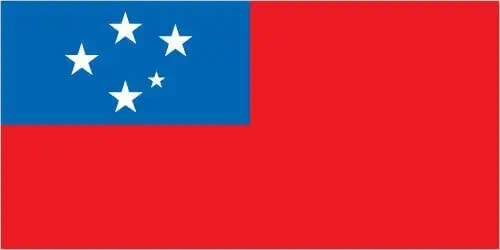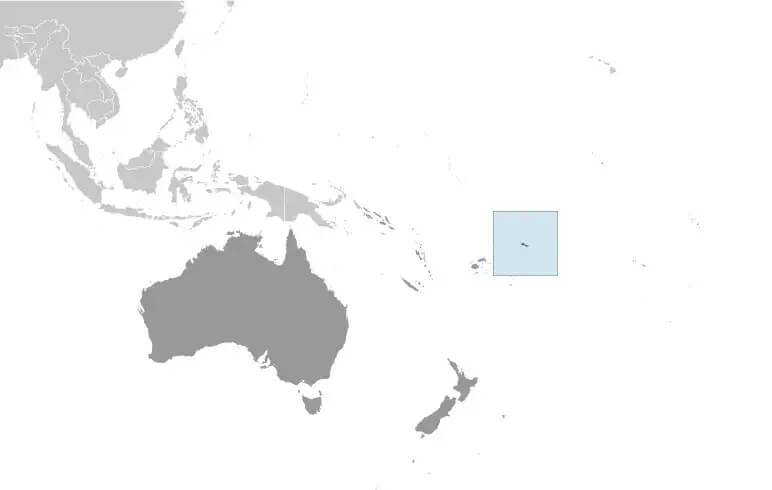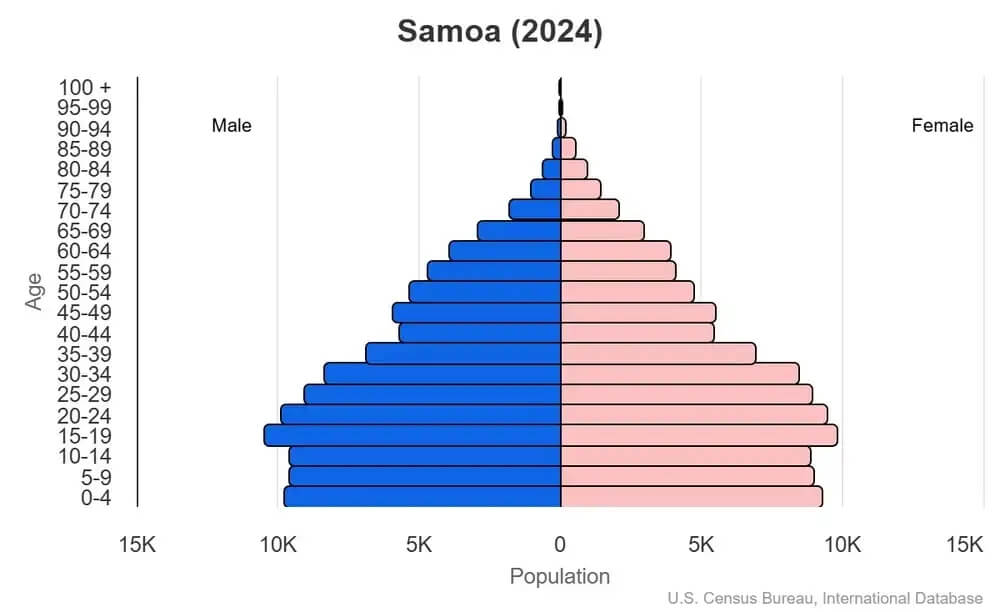World Book
Samoa
Introduction
Background
New Zealand occupied the German protectorate of Western Samoa at the outbreak of World War I in 1914. It continued to administer the islands as a mandate and then as a trust territory until 1962, when the islands became the first Polynesian nation to reestablish independence in the 20th century. The country dropped the "Western" from its name in 1997. In the late 2000s, Samoa began making efforts to more closely align with Australia and New Zealand.
Geography
Area
total : 2,831 sq km
land: 2,821 sq km
water: 10 sq km
Climate
tropical; rainy season (November to April), dry season (May to October)
Natural resources
hardwood forests, fish, hydropower
People and Society
Population
total: 208,853 (2024 est.)
Ethnic groups
Samoan 96%, Samoan/New Zealander 2%, other 1.9% (2011 est.)
Languages
Samoan (Polynesian) (official) 91.1%, Samoan/English 6.7%, English (official) 0.5%, other 0.2%, unspecified 1.6% (2006 est.)
Religions
Protestant 54.9% (Congregationalist 29%, Methodist 12.4%, Assembly of God 6.8%, Seventh Day Adventist 4.4%, other Protestant 2.3%), Roman Catholic 18.8%, Church of Jesus Christ 16.9%, Worship Centre 2.8%, other Christian 3.6%, other 2.9% (includes Baha'i, Muslim), none 0.2% (2016 est.)
Population growth rate
0.65% (2024 est.)
Government
Government type
parliamentary republic
Capital
name: Apia
Executive branch
chief of state: TUIMALEALI'IFANO Va’aletoa Sualauvi II (since 21 July 2017)
head of government: Prime Minister La'auli Leuatea SCHMIDT (since 16 September 2025)
Diplomatic representation in the US
chief of mission: Ambassador Pa’olelei LUTERU (since 7 July 2021); note - also Permanent Representative to the UN
Diplomatic representation from the US
chief of mission: the US Ambassador to New Zealand is accredited to Samoa
Economy
Economic overview
ower middle-income Pacific island economy; enormous fishing and agriculture industries; significant remittances; growing offshore financial hub; recently hosted Pacific Games to drive tourism and infrastructure growth
Real GDP (purchasing power parity)
$1.503 billion (2024 est.)
$1.374 billion (2023 est.)
$1.258 billion (2022 est.)
Real GDP per capita
$6,900 (2024 est.)
$6,300 (2023 est.)
$5,800 (2022 est.)
Exports
$369.73 million (2024 est.)
$346.187 million (2023 est.)
$175.377 million (2022 est.)
Exports - partners
India 26%, NZ 14%, USA 12%, American Samoa 10%, Australia 9% (2023)
Exports - commodities
refined petroleum, integrated circuits, coconut oil, fish, insulated wire (2023)
Imports
$575.749 million (2024 est.)
$560.776 million (2023 est.)
$512.021 million (2022 est.)
Imports - partners
NZ 20%, Singapore 19%, China 17%, Australia 10%, Fiji 9% (2023)
Imports - commodities
refined petroleum, poultry, cars, plastic products, milk (2023)
Human Development Index
The country's Human Development Index (HDI) is 0.708, ranking it 122nd out of 193 countries tested. (more information)



